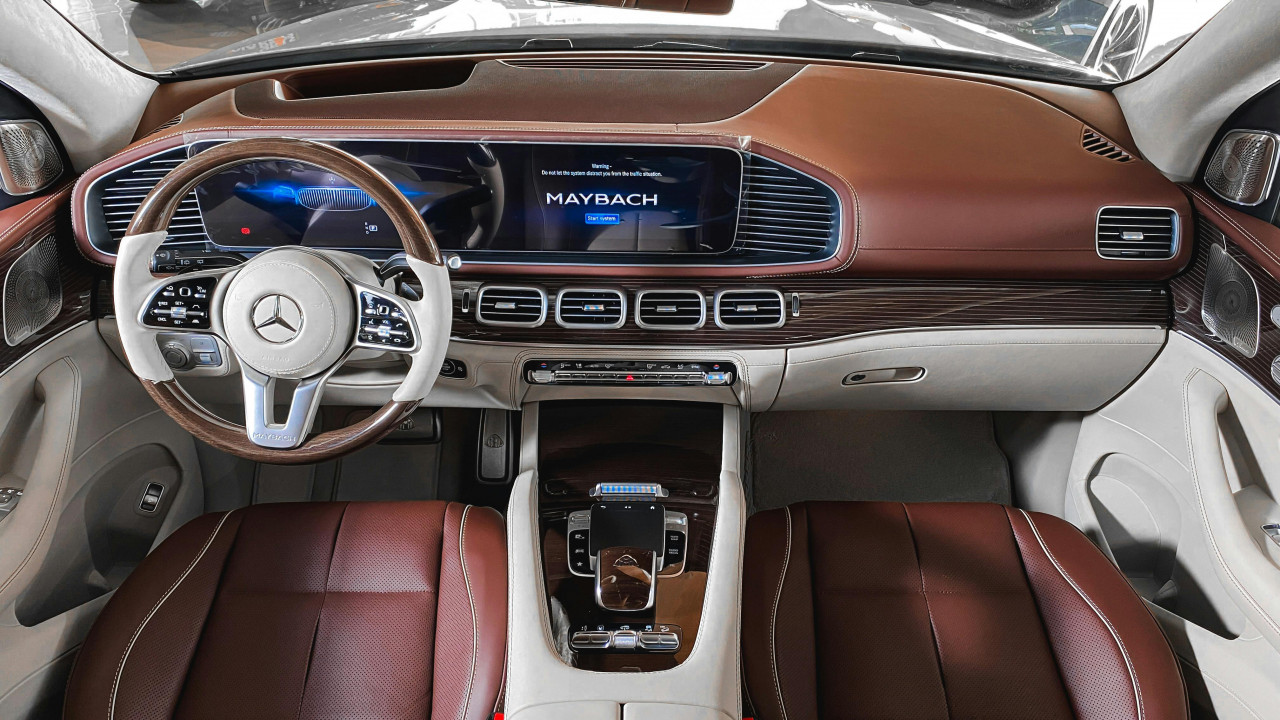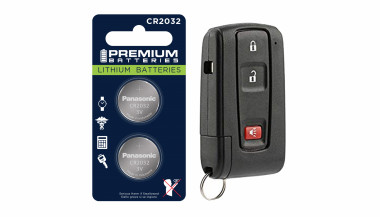Modern cars rely heavily on large navigation and infotainment screens. These displays are used constantly and exposed to scratches, fingerprints, dust, heat and direct sunlight. Repairs are expensive, and replacement screens can cost several hundred euros. A hydrogel screen protector adds a thin, flexible layer that guards the display without affecting clarity or touch response.

Premium and Luxury Models
Premium brands adopted large infotainment screens early, making them among the most likely to benefit.
BMW models such as the 3 Series, 5 Series and X5 use wide, high-resolution displays (up to 14.9”).
Audi cars like the A4, A6 and Q5 include 10–12” touchscreens.
Mercedes-Benz models such as the C-Class, E-Class and GLC use vertically oriented 11–12” MBUX screens.
Porsche vehicles (Cayenne, Macan, Panamera) and Tesla models (Model 3, Y, S) use some of the largest screens in Europe.
These vehicles benefit significantly from a hydrogel protector thanks to their large surfaces and frequent touch use.
Popular European Models
Mainstream European cars now feature screens as large as luxury models.
Volkswagen offers 10–15” displays in models such as the Golf, Tiguan and Passat.
Škoda uses up to 13” screens in the Octavia, Superb and Kodiaq.
Dacia equips models like the Jogger, Duster and Sandero with 7–10” displays.
Toyota (Corolla, RAV4, Yaris Cross).
Renault (Captur, Clio, Megane E-Tech).
Peugeot (208, 3008, 5008)
Citroën (C4, C5 Aircross)
Nissan (Qashqai, Juke, Leaf)
Ford (Focus, Kuga)
Kia (Sportage, Ceed, Niro, Picanto, Stonic, Rio, Sorento)
all rely on large central touchscreens.
As screens grow in size across all price segments, protection becomes increasingly important.
Benefits of Hydrogel Screen Protectors
Hydrogel film is thin, flexible and adheres tightly. It works on flat and curved surfaces where tempered glass cannot. The material absorbs small impacts and can self-heal minor marks. With its anti-glare properties It keeps the display clear, maintains original brightness and preserves smooth touch performance. It also helps reduce smudges and makes daily cleaning easier.
Once you’ve chosen a hydrogel protector for your car, the next step is applying it correctly. Follow our step-by-step guide on how to install a hydrogel navigation screen protector for a perfect bubble-free result.

Who Needs Hydrogel Protection the Most?
Any car with:
a large touchscreen (8” or more)
glossy glass prone to fingerprints
curved edges
high cabin sun exposure
Hydrogel is especially useful for daily drivers, family cars and vehicles where multiple people interact with the system.
Rental, Company and Service Vehicles Benefit Even More
Cars used for business—such as rental cars, company vehicles, fleet cars, taxis, and service vehicles—experience significantly higher daily usage than private cars. Their navigation screens are touched constantly by different drivers, exposed to dust, temperature changes and frequent cleaning.
Because of this heavy wear, screens in rental and company vehicles are far more likely to show scratches, fingerprints and long-term damage. A hydrogel dashboard screen protector adds a durable layer that absorbs daily abuse, keeps the display clear for every driver and reduces maintenance costs for fleet managers.
For any vehicle that is shared or driven by multiple users, screen protection is not just useful—it’s essential.
FAQ
What is a hydrogel screen protector?
A thin, flexible film that protects a car’s navigation or dashboard display.
How is it installed?
Clean the screen, align the film and press it down. Dry installation is recommended.
What are the benefits?
Scratch resistance, impact absorption, reduced fingerprints and full coverage on curved screens.
Is it compatible with all cars?
Yes, if you choose a protector cut for your specific model.
Does it affect touch response?
No. Hydrogel keeps full touch accuracy.
How long does it last?
Usually 1–3 years, depending on use. Easy to replace.
Hydrogel vs tempered glass?
Hydrogel fits curved screens and absorbs impacts. Glass is harder but can crack and does not cover complex shapes. For more in depth guide check out Hydrogel vs Tempered Glass Navigation Protectors Comparison
How can I protect my car’s navigation screen from scratches and fingerprints?
If you want to know more about How to Protect Your Car’s Navigation Screen from Scratches and Fingerprints check out our guide.
Visit mr-key.com to find a custom-cut hydrogel protector for your car model.
Related Guides
How to Install a Hydrogel Navigation Screen Protector
How to Protect Your Car’s Navigation Screen from Scratches, Glare & Fingerprints


 (1)_1744638022.jpg)

 (1)_1736340504.jpg)
_1740493407.jpg)